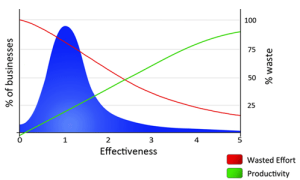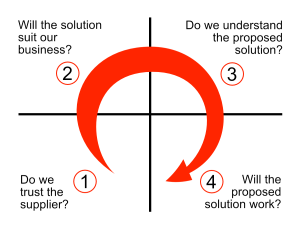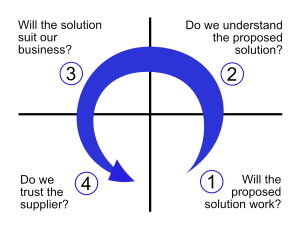Agilists: They Just Want Your Money
And they’re not concerned with providing you with value for your money. If they WERE so concerned, they wouldn’t be Agilists. After twenty years of dicking about with Agile, we can safely say that Agile per se provides ZERO value.
Oh, some folks and teams that say they’re Agile may achieve results greater than the norm (although the norm is itself so woefully inadequate that claiming results greater than the norm is saying very little). The Rightshifting chart (below) illustrates this point.
But the fact is, that the success of folks and teams that achieve and deliver up to and beyond expectations is not down to Agile. It’s down to other factors that people often mistakenly attribute to Agile.
Things like:
- thriving and joyful humane relationships
- attending to folks’ needs
- treating they way the work works – across the whole organisation – as a system
- collective assumptions and beliefs – across the whole organisation
- and yes, even, sometimes, to effective engineering practices.
Agilists will claim that they are doing these things, because they’re “core agile themes”. And yet, they’re paying lip-service to these themes, not actually doing them.
So, if you need predictable, on-time deliveries of solutions to support your business objectives, don’t be taken in by all the Agile bollocks. It’s all snake oil. Place your money wisely, find people who really know how to provide value (hint: not “Agilists”) – and caveat emptor!
– Bob
Further Reading
The Complete Rook ~ Two Ronnies sketch









